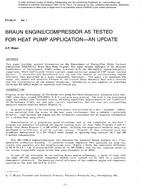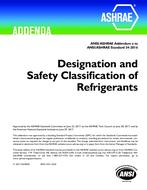Smoke leakage through openings concealed behind ceilings and/or walls can create confusion and therefore a hazard that can threaten occupants in case of a building fire. This kind of small opening, which is the result of defective construction work and/or ageing, cannot be found easily after the completion of a building. This paper presents a method for estimating the effective areas of these openings, as well as the smoke leakage rates, by measuring air infiltration rates of buildings with SF6 tracer gas. Two test series, consisting of a total of 11 full-scale experiments, were conducted to determine the degree of accuracy of this prediction method. Smoke leakage rates estimated from tracer gas concentrations and ventilation rates agree well with experimental data measured by an orifice flowmeter. The maximum error is about 20%. However, rapid concentration change and its non- homogeneity in the fire room immediately after purging tracer gas increase the degree of error.
KEYWORDS: tracers, air infiltration, smoke, fire, openings, leaking, cracks, sulphur hexafluoride, air charge rate, air flow, measuring.
Citation: Symposium, ASHRAE Transactions, vol. 96, pt. 2, St. Louis 1990
Product Details
- Published:
- 1990
- Number of Pages:
- 6
- File Size:
- 1 file , 850 KB
- Product Code(s):
- D-18713


